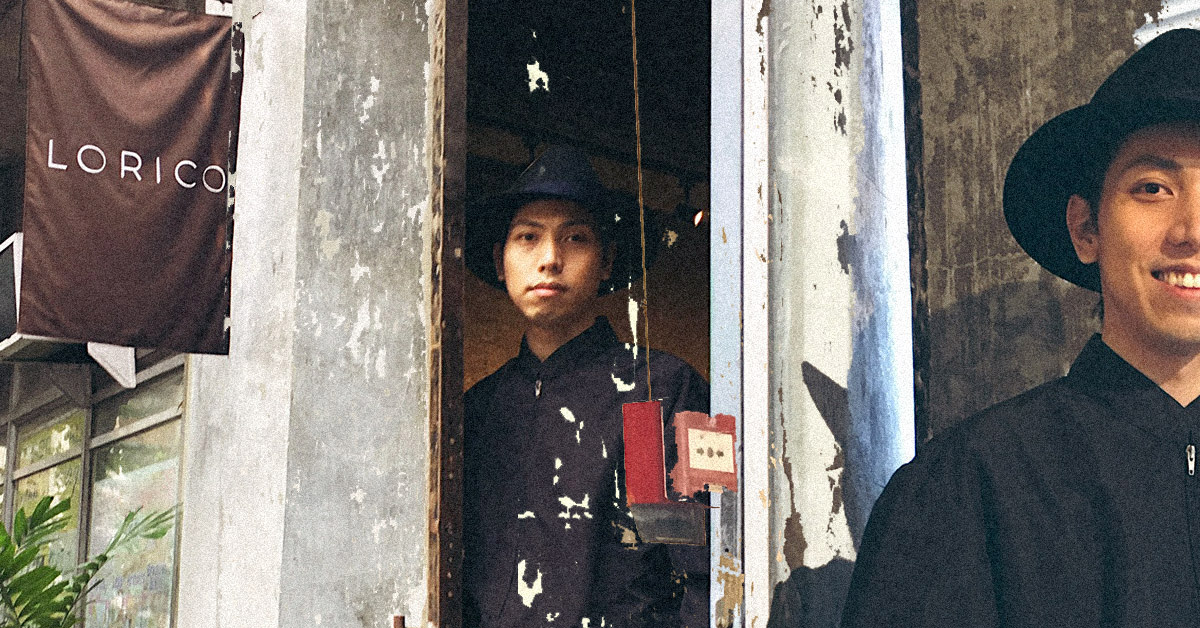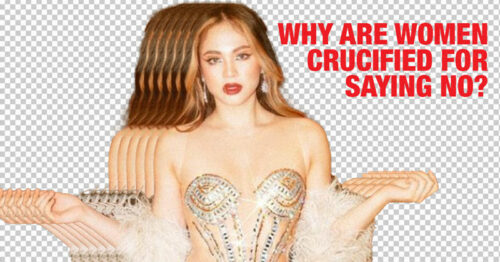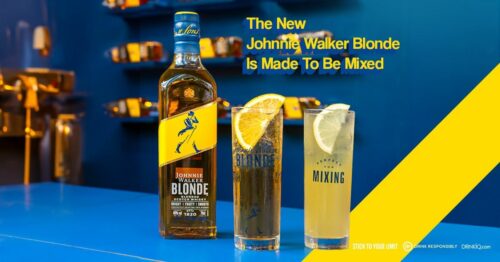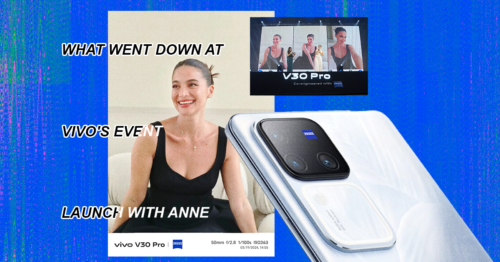Step inside the studio that doubles as the designer’s incubator for ideas and a collaborative space for creatives
What lies behind the tall concrete door of Cattleya Building?
In this part of Makati, it could be anything. The space is shared by everything from commercial establishments and corporate companies to specialty stores, bistros and cafes. Local color, though, is not without its streets lined with eat-and-go jolly jeeps or small, independent establishments nestled within the tall buildings.
The old pawnshop at the address (Cattleya Building, #235 Salcedo Street) had done well to weather the test of time as one of those small businesses, but 2019 simply posed a new chapter for the owners. The same went for the new tenant who would revamp the space: fashion designer Jerome Lorico, who, after 11 years in the industry, had decided to set up shop for the first time in his career. The space and its location reflective of the new brand, LORICO.
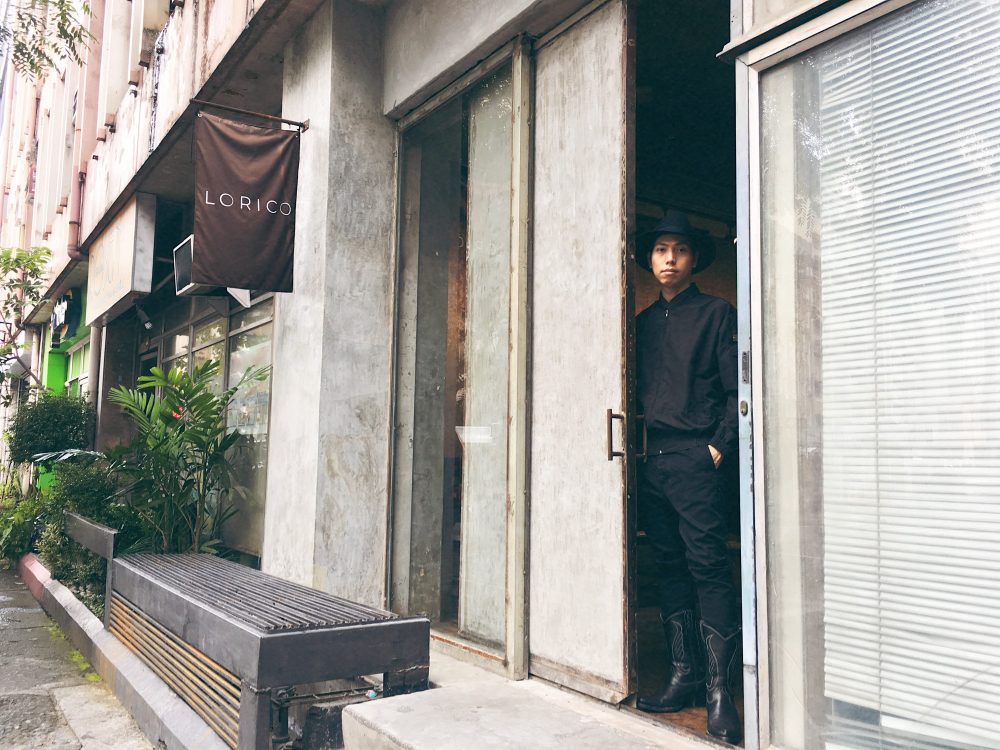 Before one last look at Lorico’s debut collection: “Midnight Manifesto.” The next chapter unfolds soon
Before one last look at Lorico’s debut collection: “Midnight Manifesto.” The next chapter unfolds soon
Wonder: You’re no stranger to the competitive aspect of fashion. How has your journey––from the Philippine Fashion Design Competition to the International Fashion Showcase in London Fashion Week––prepared you for his new business format?
Jerome Lorico: For the record, fashion competitions in the past (some eight years ago) were very different from the ones happening today. Competitions before were all about pushing designers to create something different and original. They were largely driven by the art aspect, where wearability wasn’t the main thing judges were looking for. The main element that tied a strong entry together would be the concept behind it and how that was executed.
W: And today, there’s a shift toward that concept of wearability.
JL: Which is why interest has also shifted toward streetwear; it has a sense of ease. Rewinding back to the way it was, judges looked first and foremost at handiwork and craftsmanship and vision. This was the era of John Galliano and Alexander McQueen––designers who really leaned into the technical parts of construction and the art process of creation.
I think I was able to apply the learnings from my days joining fashion competitions in a way where I’m able to express the concept I want my collections to communicate. There has to be a story behind it; it’s the foundation of all the pieces. Without a story to ground the fabrication, the choice of silhouettes and shapes, even the smallest details, cohesion is hard to achieve.
W: We know that this new collection, for you, is a “return to the genesis of your aesthetic.” What made you decide to take your brand in this direction?
JL: When I started out, I didn’t know anything about making clothes. I managed to make it through to the semi-finals of a fashion competition without formal training because of two things: I was passionate and I was crafty. I come from a family of home accessories makers from the Bicol region, so I grew up tinkering with materials and was exposed to a creative world early on. This stage in my life developed me as a designer, but in a very raw, uninhibited manner. I wanted to bring that back through this collection, go all the way back to where I started. 11 years ago. Back to stage one. From here, I look forward to seeing this all transform little by little.
W: We’re seeing a lot of stripes and utilitarian elements in your first collection. What made you gravitate toward these two things?
JL: I’m inspired by Manila as a city. I see it as a place where different influences, backgrounds and ways of life are always meeting, always trying to communicate with one another. The stripes reference corporate life. And Manila is that for me: bustling corporate centers, but at the same time, has grit from what goes on in the streets. There are a lot of opposing elements, but those are what make the city what it is. So this is focused on various kinds of contrasts: What is casual versus what is well-studied, for example. This is a play on contrasts not just in terms of style, but also fabrication, shapes and details. And I wanted this to be where corporate, tailored and streetwear meet.
W: So they’re transitional pieces.
JL: Yes. And the longevity of the pieces is something I always think about. I want to see to it that these pieces will last for more than five years––what I’m hoping for is a decade. I want the clothes to have a specific relationship with the one wearing them. I don’t want them to be just another thing hanging in the closet. I want them to have a story and I want the person wearing them to feel a special affinity with them.
W: It’s funny that you mention that because I think this generation, if we keep consuming fashion the way we do, will be the last to experience the handing down of heirloom pieces. Because we’re so used to fast fashion where we shop, wear, throw away. It’s really nice that Lorico looks to rewrite the rules.
JL: That’s a good point. You know, on my way here, I saw a billboard of a big fast-fashion brand along EDSA––I’m not going to mention which brand na (laughs)––but there was a big text on there that said: “P400 for a shirt.” Now, if you work in the fashion industry, you know the effort that goes into making a specific garment. But the brands that abide by this kind of business model try to distort the known process in the industry. It then transforms and mutates the way that consumers look at and appreciate a product. At the same time, it affects the creatives working for these brands. It affects their creative output and process.
W: What was the hardest part about the creative purge you underwent for the sake of your back-to-basics collection?
JL: It’s the trial and error portion. I’m not the kind of designer who sits in a chair and gets sketching. I mean, I do that from time to time, especially if the design is very technically. But I’d rather see and touch the fabric, have a mannequin in front of me and drape. Because that way, I can envision the final product and feel my way into getting there.
The difficult part was trying to fuse flat patterns with draping. I’d always finish the garment and end up not getting what I was trying to convey. That would mean a do-over and repeating the process until I arrived at the end-product I was happy with. I went through this with the light vest in the collection.
W: Let’s talk about bringing the idea of a creative purge on a larger scale. What is something you wish the local fashion industry outgrew already?
JL: Pegs. I think one of the biggest problems in the industry now is that everything is so easy thanks to the internet. In terms of inspiration, materials and being able to bring that product to the market. I don’t have anything against looking at images on Pinterest, Instagram or online magazines. There’s nothing wrong with it. But it’s one thing to be inspired and another thing to copy. And I think a lot of the designers now––the young ones just starting out––may think that it’s easy to design because everything is a click away.
RELATED: When “Pegs” Become a Problem for Those in the Creative World
W: What made you decide on launching a seasonal studio?
JL: It leaves room for focused creation…and that takes time. In order for us to put together a collection, we need two months to prepare the pieces, go from one step to the next to create the clothes you see now on the racks. Looking for inspiration, gathering the elements we need and dissecting our points of inspiration before that could take us two or three weeks.
In order for us to create something of value, we need time. We can’t focus the way we want to if we attempt to take care of the commerce side and our creative process in one go, so we are pushing the idea of a studio with a hibernation period. This runs for about a month and we do it twice a year. And this, for the team, is a time to breathe and focus on creating something different for the next opening. During this time, we don’t use the space, so it’s free for collaborations. Brands, young designers and entrepreneurs are welcome to use it as long as we feel they align with our values.
W: As a designer, when do you know that it’s time to stop editing/tweaking/revising a garment? When do you say: “okay, this is ready to be shared with the world”?
JL: We find that a specific piece is ready when all its small parts are harmonious…when there’s balance. That’s the only time we can say it’s ready.
A specific piece can have straps, buckles, zippers and other elements that are great up close, but when seen from afar, just don’t communicate with one another. The elements don’t tell the same story. So what we do is take them away one by one and from there, see if it’s beginning to balance out. Sometimes, all it takes is removing one button and the piece suddenly works! You just have to be ready to eliminate, which is hard for some creative people to do. They worry that if they take something away, their work won’t be enough. For us, it’s the other way around. We are more afraid to produce pieces that are saying too much. We’re more confident if the garment has a “quieter” way of communicating with the person who might want to wear it. None of that shock factor necessary.
W: Which brings us back to the core of ‘Seasons of 2019.’
JL: For now, it does. We started with something simple, but we’re looking to move into different elements and see where that takes us next.
W: Can you let us in on what you have in the works for ‘Seasons of 2020’?
JL: Oh (laughs). When my team and I try to think of the next collection, such different ideas are just put on the table and we get in all sorts of heated discussions over them. It’s hard to separate one big idea from another. At the moment, though, we have about three key ideas that we’re working with. We’re confident that we have a great second collection coming up.
Visit LORICO at 235 Cattleya Condominium Building, Salcedo Street, Legazpi Village, Makati. The studio is open Monday through Saturday, from 1PM to 8PM. Keep tabs on Jerome Lorico and the gang and follow LORICO on Facebook and Instagram.
Art Alexandra Lara


